27 Feb
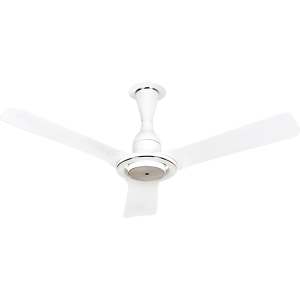

BLDC - INVERTER TECHNOLOGY MOTORS VS AC INDUCTION MOTORS
With a growing population of 1.37 billion, India accounts for about 25% of the global energy demand, hence the need for energy efficiency and conservation is very important today in our lives. Over Time technology has evolved into changing our lives in many ways, like the LED Bulbs over CFL's or Incandescent Bulbs, Inverter technology air conditioners over ordinary air conditioners, normal washing machines to direct-drive washing machines.BLDC Motors have found its applications in every segment of the market. Such as, appliances, industrial control, automation, aviation and so on.
A modest assumption, if all ceiling fans installed in India are replaced with BLDC inverter fans, it will help the nation save 10.4 crore MWh of energy* annually with cost saving of approx. Rs. 83420 crore, this will also impact the reduction over the carbon footprint within the nation towards a brighter future, Recognising the climate emergency, the Government’s push for energy conservation and the pressing need for energy efficient appliances many manufactuers have raised their hands in the innovation of power saving appliances.
BLDC Fans are the new Spin in the fan industry, the Technology was introduced way back in the 90's and is being used in industries from a very long time till today. And it is only a matter of time before induction motor fans will be replaced by Energy efficient inverter friendly BLDC fans.
BLDC Ceiling Fan with Magnet / Induction Fan coil
|
|
BLDC Ceiling Fan Control Board

The advantages of a DC motor ceiling fan over an AC motor ceiling fan:
- In most cases, they use less energy – up to 60% less than a standard AC fan, Depending on Quality of Copper and Magnets used.
- Low Heating, longer life of motor.
- BLDC Motors are extremely quiet compared to AC Motors as it spins on its own magnetic field
- More speed options, A reverse function on few models on the remote, few Models are generally controlled by a remote to start, stop and change speed
- Few BLDC Fans are Built with IOT - Internet over Things ( the fan can be controlled over your wifi or internet connection )
- The motor is generally more compact and lighter, which allows for a slimmer and compact motor design.
- BLDC Motors are controlled by an SMPS / Power Control Board.
- The Countries best Ceiling Fan Manufacturer Orient Electric had been working over the BLDC Fans and have introduced the latest Inverter Friendly BLDC Ceiling Fans, the same is available at a very attractive prices as compared to other manufacturers which are overpriced or lack service, support, quality of stator, bearings, control board, copper winding and quality of magnets, Orient Electric has been a leader with the latest trend and quality of Fans since 1980's.
The advantages of an AC motor ceiling fan over a DC motor ceiling fan:
- BLDC ceiling fans tend to be more expensive when compared to an equivalent AC model. Although it does use less electricity and therefore save money there, which is minimal. For example, if a DC fan saves you 20W per hour of use, and you use it for 10 hrs per day, 100 days per year (all night, all of the summer, on low speed), you save about Rs.400 per year (off peak rates).
- AC fans can be controlled from a wall control, pull cord or remote, while DC fans can generally only be controlled by remote (very few exceptions – see below*). Remotes are more likely to be lost, broken, run out of batteries. Some DC fans are available with an optional wall controller, at an extra charge.
- AC fans are still energy efficient but not as compared to a bldc fan, a power saving model will use no more than 55 watts on high speed which would cost lower than the price of a BLDC Fan.
How Does a Induction Fan Motor Work ?
A induction fan Motor is built with three main components responsible for rotation of the fan:
1. Stator
2. Rotor with Bearings
3. Capacitor
An induction motor fan is built with a copper coil wound up over the stator attached with a shaft and a capacitor which is about 18, 20 or 22 poles (as displayed in the image) this is placed over the rotor. when the fan is powered on an electric flux is generated by the capacitor to charge the wound up coil creating a magnetic field within everything is done in a sequence to make the fan rotate at a speed depending on the number of rounds wounded up on the stator. further the fan speed can be controlled over a regulator which is of two types :
1. Resistance Volume Regulator : In this, the regulator is built with variable resistance adjusting the amount of voltage flowing to the fan that in turn reduces or increases the speed of the fan, the regulator is highly inefficient due to high dissipation of heat that leads to power loss, these regulators are usually used for controlling incandescent bulbs.
2. Step Type Regulator : The modern regulator is basically an individual step controller usually 3 step or 5 step which is built with an off/on sequence at every step this cuts off power every time you set the speed by increasing or decreasing the voltage.
How Does a BLDC Fan Motor work ?
Making it short and easy to understand : The Concept of a BLDC Fan Motor Fan is different as of an induction fan motor , BLDC Fans are built with a DC Power Board / Electronic Power Transformer that Converts AC voltage to DC known as ECM - ( Electronically commutated motor )
BLDC (Brushless Direct Current Motor) is simple there is no mechanical process of commutating (a process to convert electricity from ac to dc) required, as there are no brushes like in a normal DC Motor inside of the BLDC fan, instead the fan is fitted with an Electronic circuit board known as the ECM that is used in converting AC power to DC to fire up the copper coil. The fan runs over its own magnetic field, the combination of Permanent Magnets and the ECM helps it achieve the kind of efficiency and performance it delivers.
Permanent magnets used as a rotor are responsible for mass reduction in power consumption increasing the dissipation of heat, The ECM contains a driving algorithm which drives the BLDC motor as explained above. In a BLDC motor the position of magnets in the fan is sensed by the ECM that either uses a Hall effect sensor or back EMF ( Both of the technical are vastly used in many appliances ).
The ECM Electronic circuit board is built to control the direction of the fan be it reverse or forward, increase of decrease the (torque) speed using a remote control or a step type regulator, the ECM can be modulated by adding in IOT Control - Control over WIFI (HOME AUTOMATION) , IR - Infrared Remote Control or RF - Radio Frequency Control, several other additional features to increase convenience like sleep mode, timer mode. Some BLDC Fans are totally based on remote control which is a disadvantage. Most Major Brands today innovate bldc fans without remote controls and promote the use of regulators for ease and a trouble free performance.
Compared to regular induction fan, a BLDC fan can save upto Rs 500-1300 Year / fan depending on usage hours. as BLDC Motors don't heat up as regular induction motors the life expectancy of a BLDC fan is higher than regular ceiling fans.
A BLDC fan composes of 3 main components:
1. Stator
2. Permanent magnet in Rotor
3. Electronic Circuit Control Board .
The assembly of the motor can be explained in the following images:
Fig.1 – Electronic Circuit Control Board
Fig.2 – Stator- Magnet Rotor Assembly
FIG 1 |
|



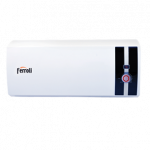




 FIG 2
FIG 2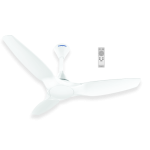
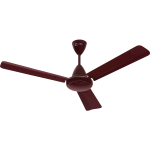

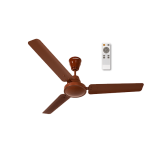
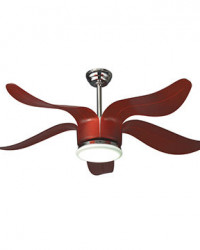

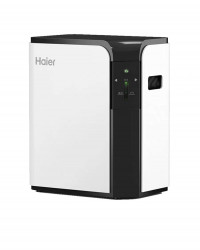
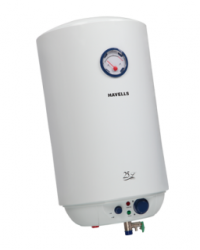





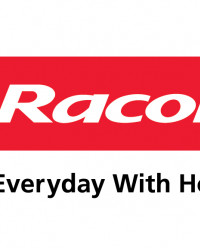

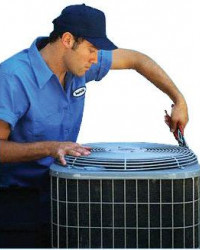
2 Comment(s)
How much price BLDC - INVERTER TECHNOLOGY MOTORS VS AC INDUCTION MOTOR
Good Content for bldc ceiling fans
Price Difference Between Bldc and AC Ceiling Fans
Basic AC Motor Ceiling Fan - 1300
Power Saving Ceiling Fan - 1850
BLDC Ceiling Fan - 2800
price difference : 1000 - 1500
Leave a Comment